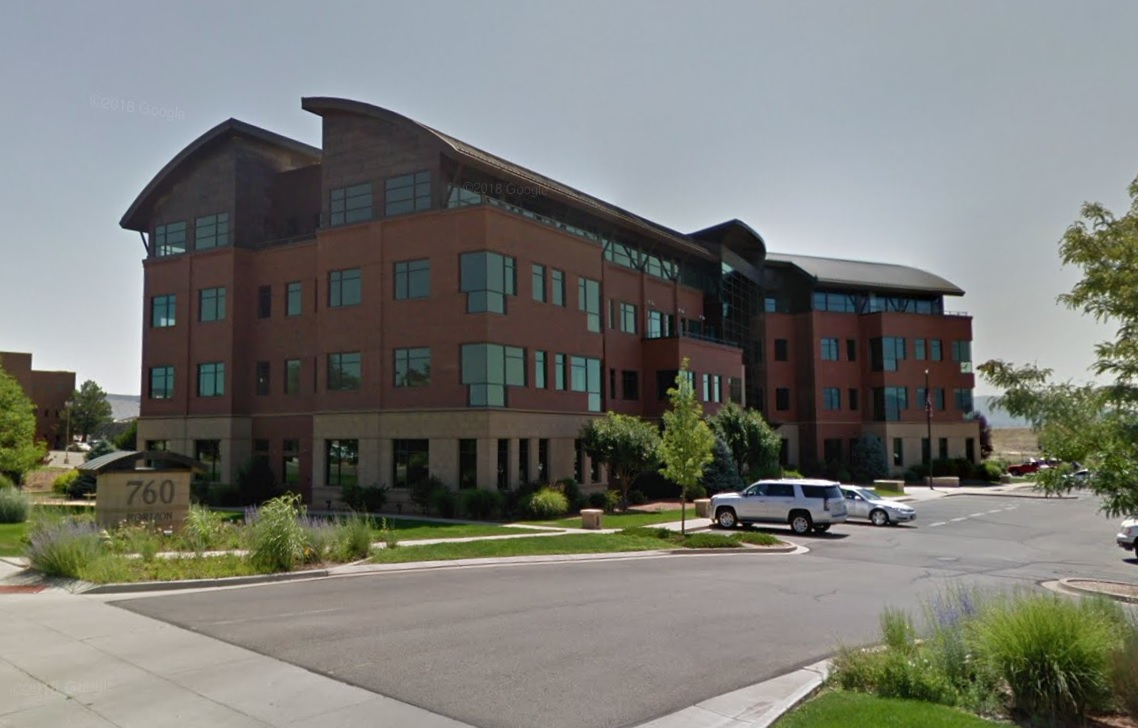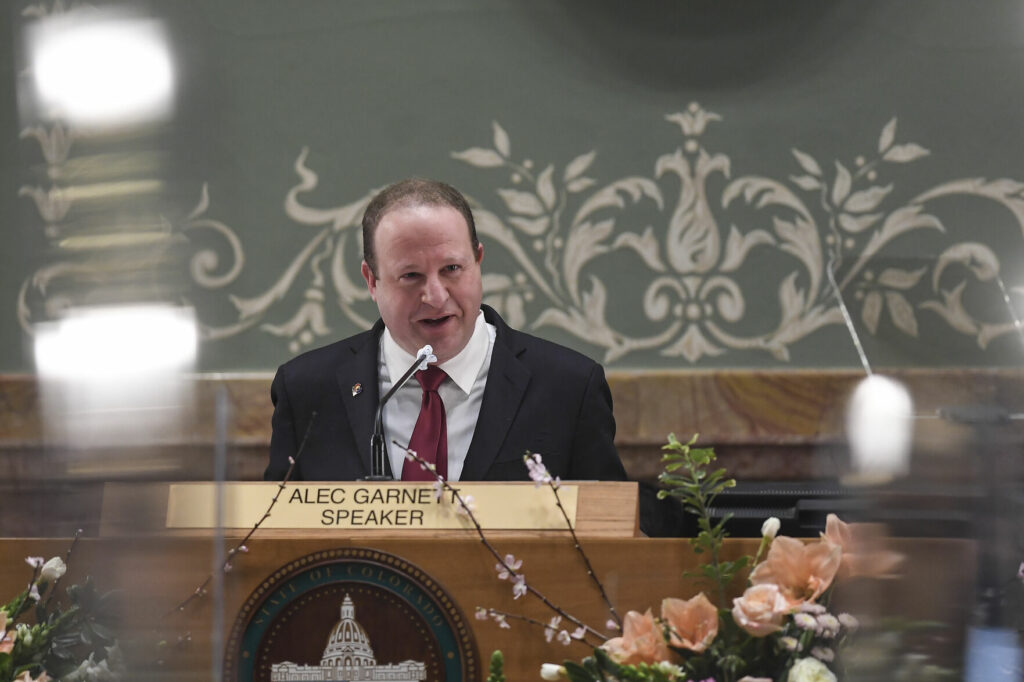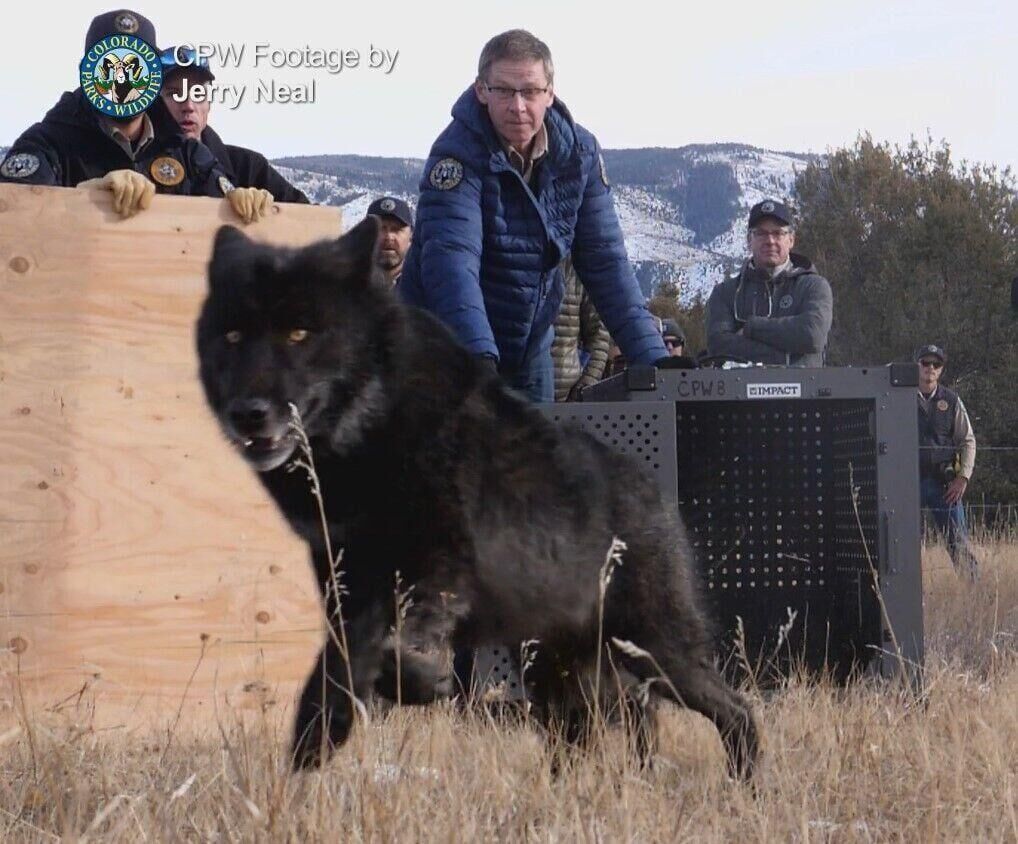Bureau of Land Management details departure from Grand Junction, return to D.C.
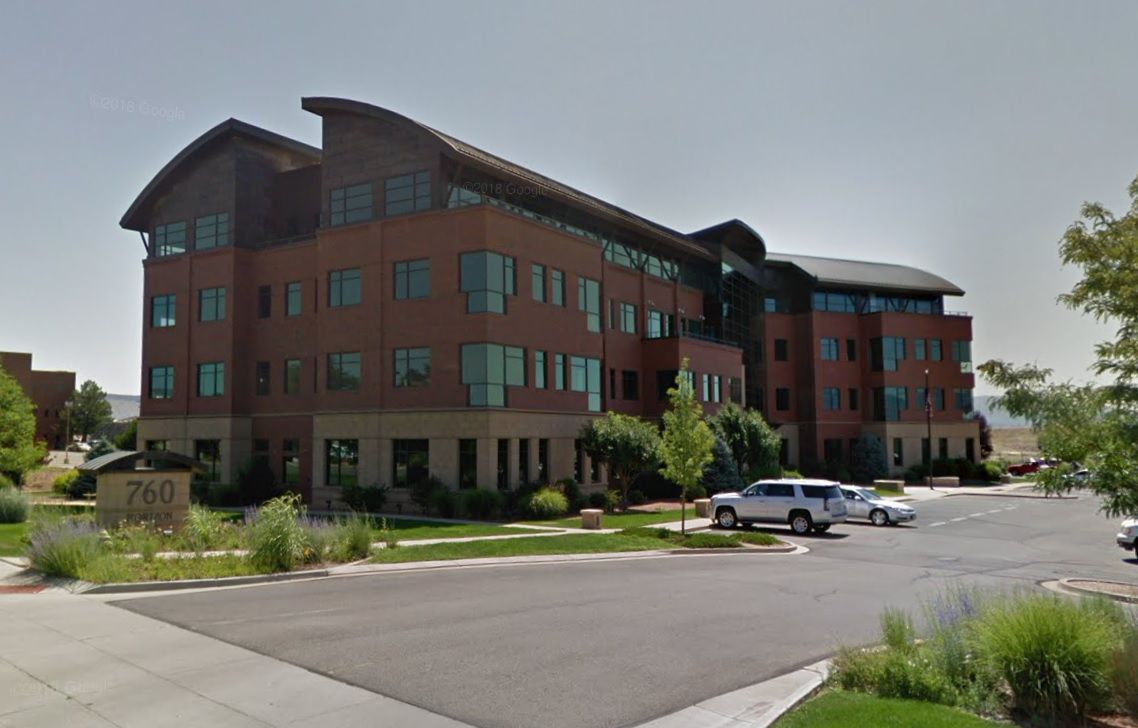
The Bureau of Land Management Tuesday announced plans to relocate senior leadership positions from its former Grand Junction national headquarters back to Washington, D.C.
But, as part of the agency’s commitment to keeping a stronger presence in Colorado, the National Conservation Lands and Community Partnerships will anchor the BLM’s Western headquarters.
BLM Director Tracy Stone-Manning told employees in an email Tuesday that the deputy director for operations will head back to Washington, D.C., according to The Hill, which first broke the news. Stone-Manning and the deputy director for policy and programs are already based in the nation’s capital.
Most assistant directors and deputy assistant directors, eight in all, also are being moved from Grand Junction, along with 30 vacant senior positions.
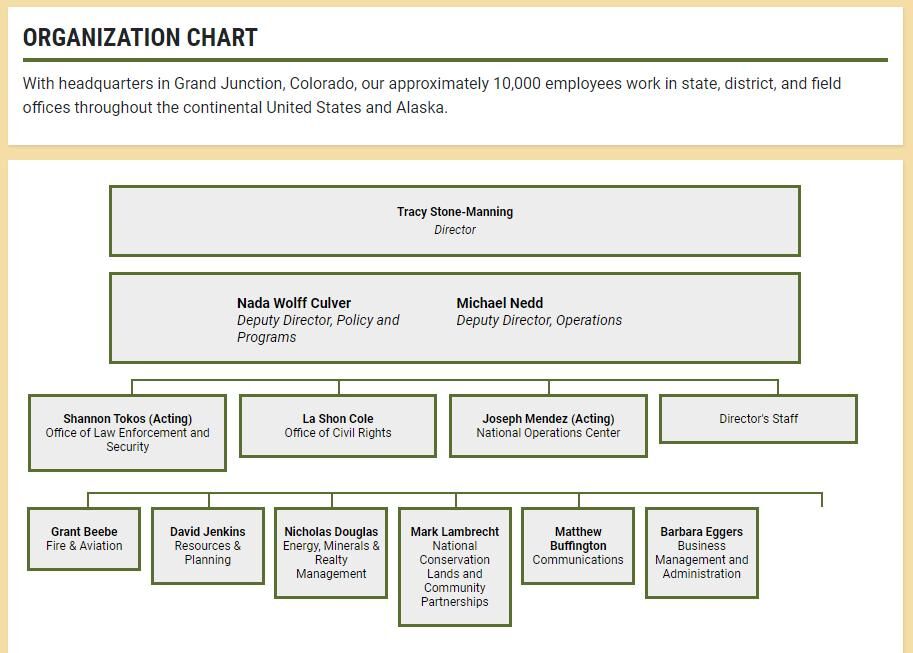
The email, obtained by Colorado Politics, also said the agency has not yet made decisions on the best locations for some of the additional vacant HQ positions and is also evaluating other positions that were moved and scattered across the West in 2019 and the best way to fulfill the role of the Western Headquarters.
“I will rely on the Employee Advisory Group we are creating to help inform those decisions, as well as to help represent employees’ perspectives as we implement decisions, including considerations related to remote work and telework,” Stone-Manning said.
BLM struggled to fill those positions after the Trump administration moved the national headquarters to an office on Horizon Drive in Grand Junction.
BLM shared the building with Chevron, the Western Slope branch of the Colorado Oil and Gas Association, and Laramie Energy. Oil and gas companies’ operations on federal lands are regulated by BLM and the Interior Department. The agency oversees more than 245 million acres of public land, almost all of it in the West. Colorado already had a long-standing BLM office in Grand Junction at the time of the relocation announcement.
At the time of the move in 2019, the agency employed about 360 in Washington. Some 287 employees chose to retire or go work somewhere else, and that included more than half of the agency’s Black employees. Another 41 employees relocated to other Western BLM offices.
Only three employees chose to move to Grand Junction. Relocating employees also likely saw a pay cut to account for the lower cost of living on Colorado’s Western Slope, compared to Washington, D.C. BLM employees receive a 30% increase in “locality pay” for working in Washington. According to 2021 data from the Office of Personnel Management, Grand Junction does not qualify for a locality pay differential.
Advocates said the move would place BLM’s decision-makers closer to the millions of federal acres they administer and to the vast majority of agency employees already based in the West.

That did not include the agency’s then-acting director, William Perry Pendley, formerly of the Mountain States Legal Foundation in Lakewood. Pendley, whose nomination to be permanent director was withdrawn by Trump, remained in Washington even after the relocation.
While Colorado’s Congressional delegation and Gov. Jared Polis supported the move to Grand Junction, particularly for the high-paying jobs it would bring, the relocation drew the ire of Congressional Democrats, including then-U.S. Rep. Deb Haaland, D-NM, now the U.S. Secretary of the Interior.
Haaland joined U.S. Rep. Raul Grijalva, D-Ariz., chair of the House’s Committee on Natural Resources, in seeking a Governmental Accounting Office review of the decision in 2019.
“The committee has seen no analysis, no planning, no budget. … BLM employees and American taxpayers deserve better,” Grijalva said at the time.
A GAO report, issued in March 2020, assessed the bureau’s reorganization efforts against key practices for reforms.
“The bureau established goals for the reorganization, but did not establish performance measures. We also found that the bureau’s implementation plan did not include milestones, which would help ensure that the reforms are being achieved as intended and in a timely manner. We recommended that the bureau establish outcome-oriented performance measures to assess the effectiveness of the reorganization,” the GAO report said.
In addition, the report criticized BLM leadership for failing to “address key practices for involving employees and key stakeholders in developing its plan.” The Interior Department did not agree or disagree with the GAO recommendations.
Former BLM employees also criticized the move, saying that then-Interior Secretary David Bernhardt was setting the agency up to fail. The move would cause “a massive disruption and expenditure of funds for no gain.”
Haaland visited Grand Junction last July and noted the agency had 80 vacancies in the Grand Junction office, positions that cannot be filled until “we chart a balanced course forward.” She said during the visit she remained open to the idea that Grand Junction would play a significant role in the BLM’s future.
She described the visit an “eye-opening experience” that reinforced her conviction to consider BLM employees first. She said they need more uncertainty from future administrations, but added, “We owe it to the people of Grand Junction,” as well.
In September, Haaland announced the agency’s national headquarters would move back to Washington, D.C., although with plans to expand offices in Grand Junction and make the Colorado city its official Western headquarters.
The decision will restore the bureau’s “leadership presence in Washington, D.C. – like all the other land management agencies,” and make sure its officials are close to policy and budget decisions, Haaland said.
Jennifer Rokala, executive director of the Center for Western Priorities, praised Tuesday’s decision.
“Today’s announcement marks the end of an error,” Rokala said. “I’m encouraged to see the Bureau of Land Management moving so quickly to reverse the damage caused by the Trump administration and anti-public lands extremist William Perry Pendley. Our nation’s public lands need strong leadership at the table in Washington, so there’s not a minute to waste rebuilding the Bureau of Land Management at Interior headquarters.
As for the National Conservation Lands and Community Partnerships, Scott Braden, director of the Colorado Wildlands Project, said Tuesday “the BLM is furthering its commitment to a win-win solution to the headquarters debacle created by the last administration.”
He added: “By situating National Conservation Lands and Community Partnerships in its Western Headquarters, BLM will bring key leadership close to western lands and communities, enabling deeper stakeholder engagement to address recreation, conservation, and restoration. We’re hopeful this rebuilding effort will lead to more meaningful outreach and Tribal consultation.”
BLM Colorado manages 65 National Conservation Lands, encompassing more than 1 million acres, or about one eighth of all the BLM land in the state.
